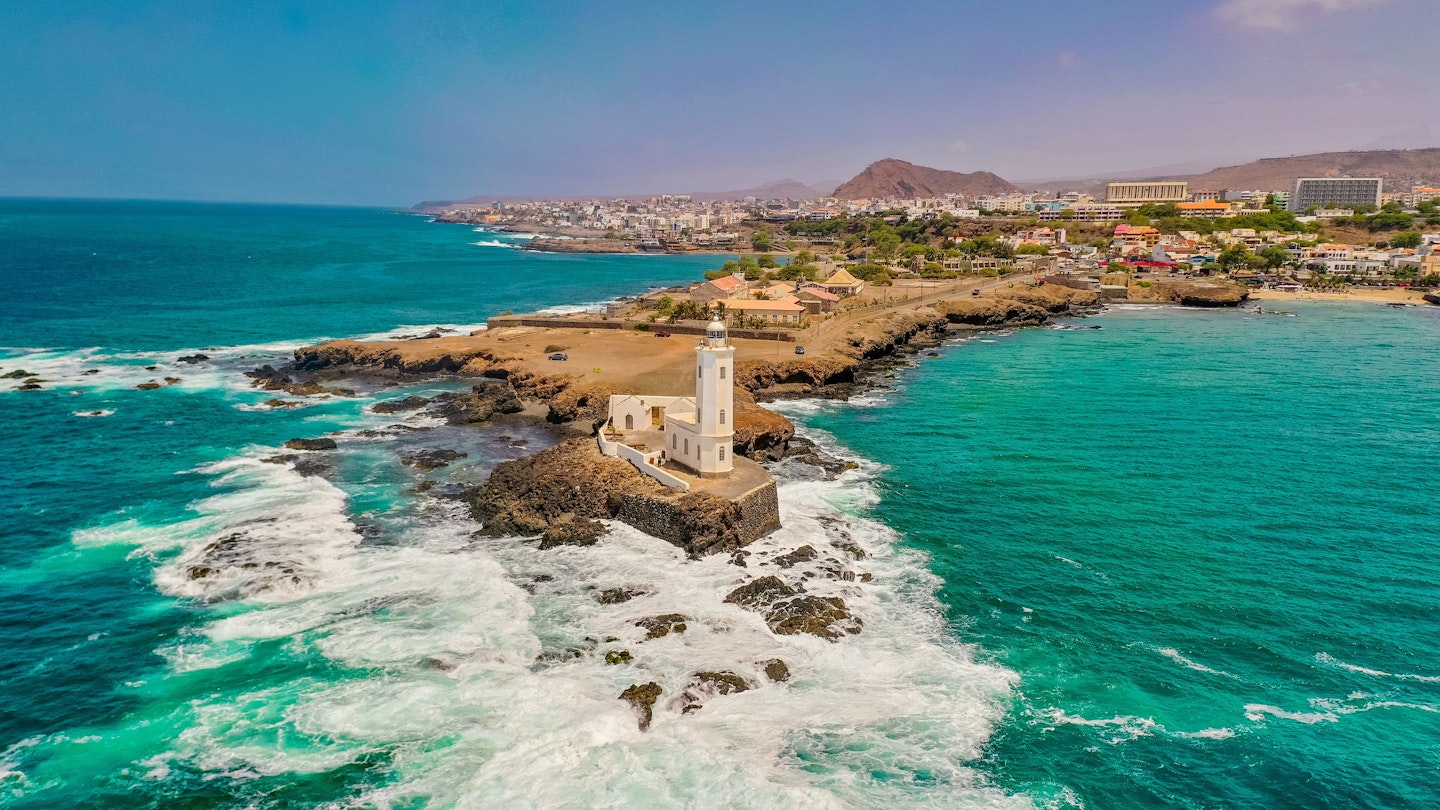Your Guide to Cabo Verde
Explore the stunning archipelago of Cabo Verde with expert insights on its diverse attractions.
Situated off the coast of Senegal, Cabo Verde, a former Portuguese colony, is an archipelago comprising ten unique islands. Each island offers an array of experiences, making it an intriguing travel destination. Although most visitors flock to these islands for winter sun beach holidays, Cabo Verde has much more to offer, including desert stargazing, volcano climbing, and cultural exploration. Here, we answer some frequently asked questions for first-time travelers eager to experience Cabo Verde.
When Should I Go to Cabo Verde?
For travelers from Europe, winter months are particularly appealing, with average daytime temperatures in January around 25°C (77°F). The hottest months, August and September, can reach highs of over 30°C (86°F), making it important to consider the sea breeze, which can sometimes lessen, leading to sweltering conditions. Many tourists flock to Boa Vista during these hotter months for the remarkable sight of turtles laying eggs on the beaches.
Additionally, Mindelo hosts one of the Atlantic’s best carnivals, featuring vibrant Brazilian samba parades through the city streets in late January and early February—an exciting time to visit.
How Much Time Should I Spend in Cabo Verde?
Your ideal duration in Cabo Verde largely depends on your travel plans. If you aim to explore three to four islands, allocate at least three weeks to allow for any unexpected travel delays. Conversely, if you’re simply looking for a beach retreat with a few excursions, a week or ten days should suffice. Traveling throughout all the islands may take close to two months.
Is It Easy to Get Around Cabo Verde?
Traveling between islands can be challenging. Inter-island connections are often unreliable, with canceled ferries or delayed flights commonplace. Despite this, some connections are more dependable, such as the ferry linking Mindelo on São Vicente and Porto Novo on Santo Antão, which frequently operates, as well as flights connecting Mindelo and Praia.
Within the islands, transportation primarily relies on taxis and shared taxis, known as aluguers. Renting a vehicle can be beneficial on Santiago and possibly Santo Antão; however, for remote attractions, hiring a guide with a 4WD, typically a robust Toyota Hilux, is advisable.
Top Things to Do in Cabo Verde
Among the top non-beach activities is a visit to Pedra do Lume on Sal, where the high-saline pools offer a unique experience. On Boa Vista, you can surf the exhilarating dunes of the Viana Desert. Santiago’s Tarrafal beach provides serene relaxation, while trekking up Pico do Fogo, an active volcano, stands out as a must-do experience on Fogo. Mindelo’s CNAD – National Centre for Arts, Craft and Design, is a key attraction, following which you can hike through the breathtaking landscapes of the Paúl Valley in Santo Antão.
My Favorite Thing to Do in Cabo Verde
Mindelo is often considered the cultural heart of Cabo Verde. It’s a lively city filled with energy, offering a scenic seafront promenade and stunning views of rugged mountains. Visitors can enjoy exploring various cultural venues and savoring the island’s best cafes, famous for serving cachupa (a local dish of beans and corn mixed with fish or meat) and delightful Portuguese desserts. Evening time is perfect for enjoying fresh seafood accompanied by live music, making it a true culinary experience.
What Currencies Are Used in Cabo Verde?
While you can easily use euros and card payments in tourist areas like Sal and Boa Vista, expect to rely on the Cabo Verdean escudo (CVE) elsewhere. In cities like Praia and Mindelo, be prepared for ATM lines, especially at the start of the month when locals withdraw cash. Unsurprisingly, many vendors do not accept US dollars.
How Much Money Do I Need for Cabo Verde?
The amount of currency you will need depends significantly on the islands you choose to visit. Santa Maria and Boa Vista tend to be the most expensive, with European-level pricing. In contrast, Praia and Mindelo offer more cost-effective options, while rural areas such as Santiago and Santo Antão can be quite budget-friendly.
Dining experiences can vary in cost depending on your choices, but in more remote areas, prices are generally lower. Inter-island flights are reasonably priced, including baggage, while ferries are the most economical choice for transit. Utilizing shared taxis is another budget-friendly way to navigate the islands.
Basic room for two: CVE2000
Self-catering apartment (including Airbnb): CVE7000
Guide per hour: CVE1000
Local espresso: CVE70
Plate of cachupa: CVE300
Dinner for two: CVE2500
Local beer at a bar: CVE200
What Should I Pack Specifically for Cabo Verde?
Travelers going to Santa Maria should consider bringing mosquito spray and possibly a net for sleeping. Comfortable footwear is essential for any hiking excursions. Even in winter, nighttime temperatures can drop below 20°C (68°F), so having a sweater or hoodie on hand is highly recommended.
Which is the Best Combination of Islands to Visit?
Two excellent combinations exist: Santiago, which connects well with Fogo, and the reliable routes between São Vicente and Santo Antão. Surprisingly, the two most frequented islands, Sal and Boa Vista, have limited connections, relying mainly on summer flights and an unreliable ferry service.
Do Cabo Verdeans Speak English?
Cabo Verde offers relatively easy communication in English, especially in Sal and Boa Vista. On other islands, knowing some French or Portuguese can enhance your interactions, as many locals speak Portuguese as well as Cabo Verdean Creole, which has unique phonetics compared to its Portuguese roots.





